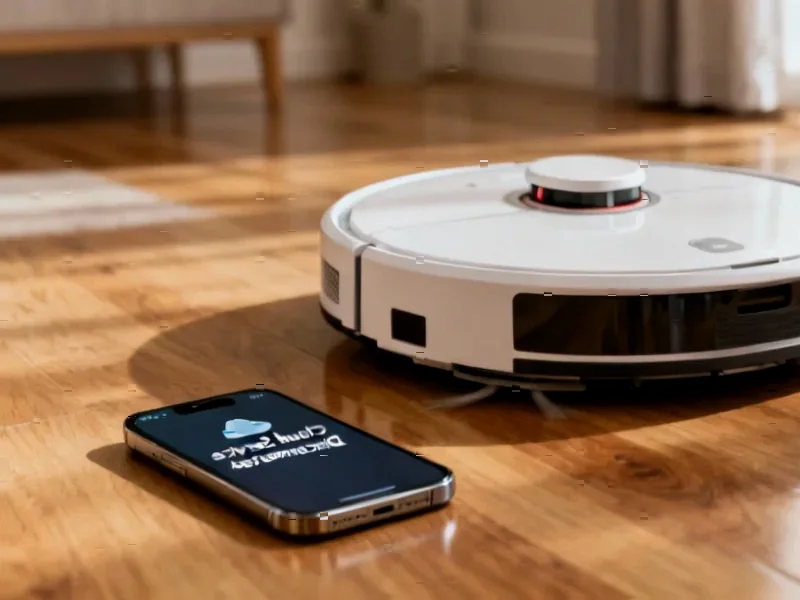According to The How-To Geek, binding creates direct connections between smart devices that bypass your server entirely, providing critical redundancy when your Home Assistant setup fails. This functionality works across Zigbee, Z-Wave, and Matter protocols, with Matter binding support specifically added in a June 2025 Home Assistant beta update. The process involves using integrations like Zigbee Home Automation or Zigbee2MQTT to link devices directly, though not all hardware supports this feature. Binding eliminates dependency on your main controller, ensuring devices like lights and switches continue working together even during server crashes. This approach solves the common problem where automations fail completely when your smart home server goes offline, particularly useful for essential functions like motion-activated lighting.
How Binding Actually Works
Here’s the thing about binding – it’s basically creating a direct phone line between your devices. Instead of your smart switch sending a signal to your server, which then tells your bulb to turn on, bound devices can talk directly to each other. They establish what’s called a “binding table” that remembers which devices should communicate directly. So when you flip that switch, it pings the bulb directly through the Zigbee or Z-Wave mesh network. No server required. It’s like having emergency backup communications that kick in when your main command center goes down.
The Real Benefits Beyond Redundancy
Sure, redundancy is the big selling point. But there’s another advantage that doesn’t get enough attention: latency reduction. When devices communicate directly, they’re not bouncing signals through your server and back. That means faster response times, especially in larger networks where signals might be hopping through multiple routers. Now, don’t expect miracles – we’re talking milliseconds here. But for something like motion-activated lighting, every bit of speed helps. And honestly, isn’t it satisfying knowing your smart home won’t completely collapse if your server decides to take an unscheduled nap?
The Setup Isn’t Always Smooth
Look, I’ll be honest – binding can be finicky. Not all devices play nice with this functionality, and the setup process varies wildly between platforms. With ZHA, you might need to create device groups first, while Zigbee2MQTT often handles it more elegantly. Battery-powered devices require immediate wake-up after initiating the bind, which feels like trying to coordinate a complicated handshake. And testing? Basically, you have to shut down your server and see what happens – not exactly scientific. For Z-Wave users, you’re dealing with direct associations rather than bindings, which adds another layer of complexity.
So Is Binding Worth The Hassle?
I think it depends on what you’re automating. For critical functions – your bedroom lights, security sensors, anything that would seriously inconvenience you if it failed – absolutely. But for non-essential automations? Maybe not worth the configuration headache. The good news is that Matter binding support is improving, which should make this more accessible over time. And hey, if you buy IKEA Tradfri kits, they come pre-bound out of the box – so someone clearly thinks this is important enough to set up for you. Basically, treat binding like insurance: you hope you never need it, but you’ll be really glad it’s there when things go wrong.




